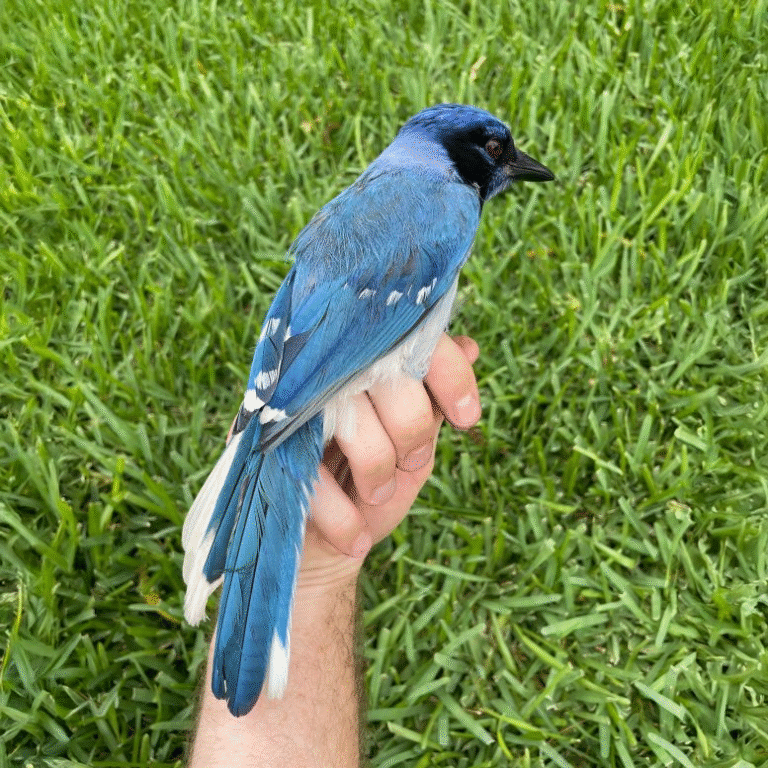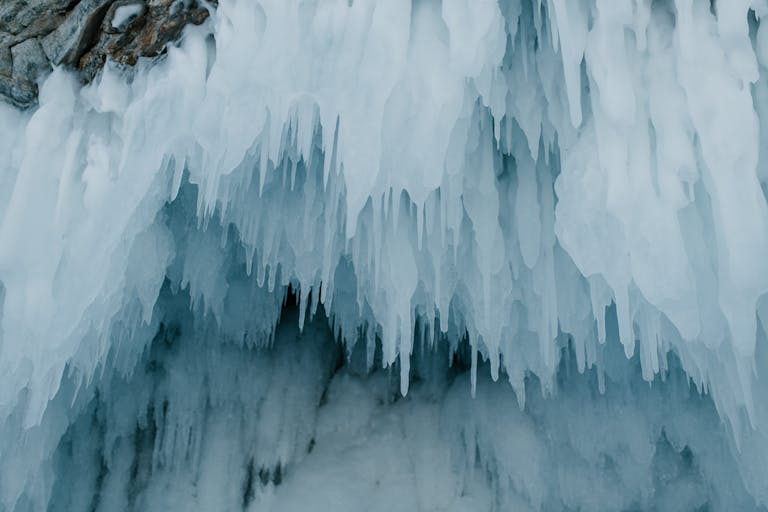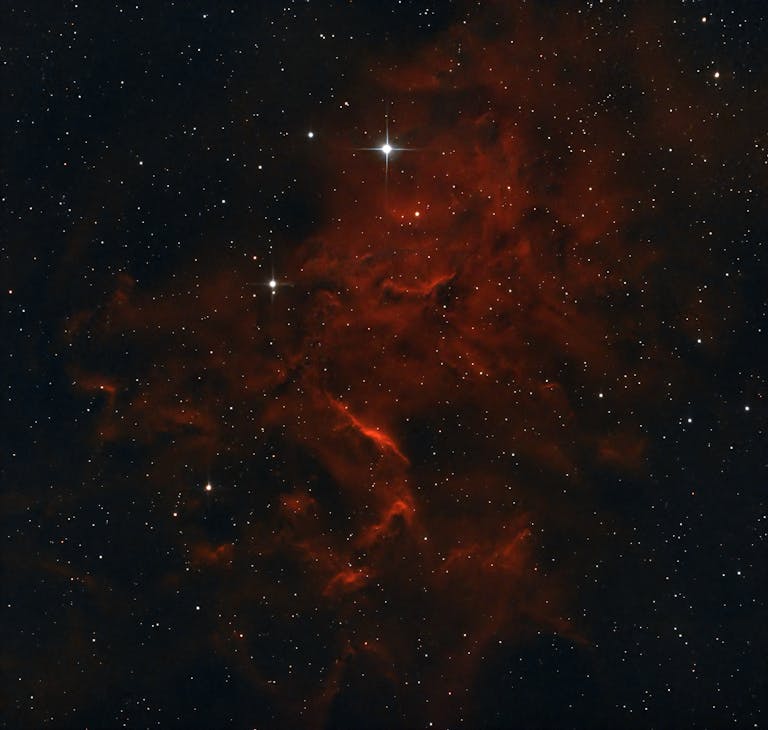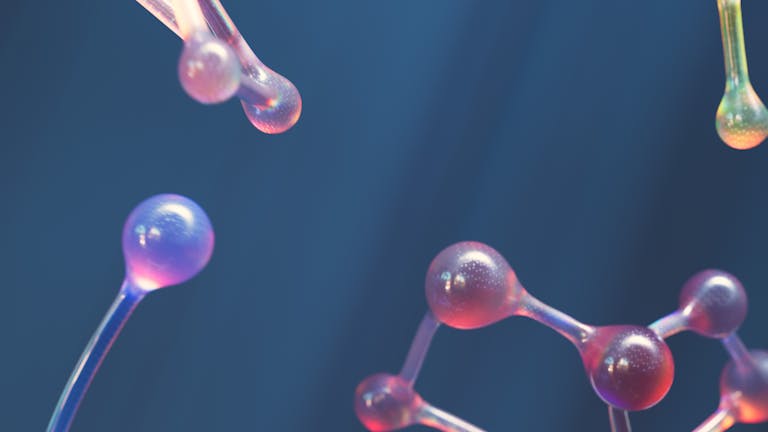Ancient Amber in Ecuador Reveals 112-Million-Year-Old Insects from Gondwana’s Lost Forests

In a remarkable discovery that rewrites part of South America’s prehistoric story, scientists have uncovered amber containing 112-million-year-old insects and plant remains in Ecuador’s Amazon region. This finding represents the first-ever Mesozoic amber deposit in South America that preserves such biological inclusions—tiny snapshots of ancient life frozen in time.
Published in Communications Earth & Environment, the study provides an extraordinary look into the Cretaceous forests of Gondwana, the ancient southern supercontinent that once included South America, Africa, Antarctica, Australia, and India. For the first time, researchers have tangible evidence of the biodiversity and ecological interactions that existed in this long-lost southern world.
The Discovery Site: Ecuador’s Genoveva Quarry
The amber was found at the Genoveva quarry in Napo Province, located in the Ecuadorian Amazon. This site sits within the Hollín Formation, a geological layer dating to about 112 million years ago, during the Albian stage of the Early Cretaceous period. The Hollín Formation is already known as an important oil source rock, but its newfound amber layers have turned it into a treasure trove for paleontologists.
Researchers led by Xavier Delclòs from the University of Barcelona analyzed dozens of samples from this formation. The team described two main types of amber:
- Root-associated amber, formed underground around tree roots, generally free of inclusions.
- Aerial amber, which formed when resin oozed from trees above ground and hardened in the open air, trapping living organisms in the sticky substance.
It’s this aerial amber that yielded the most exciting results—tiny fossils of insects, plant material, and even traces of spider web preserved in stunning detail.
A Glimpse into a 112-Million-Year-Old Ecosystem
From 60 samples of aerial amber, the researchers identified 21 bioinclusions—organisms or fragments of organisms preserved inside. These inclusions represent at least five different insect orders, giving scientists an unprecedented view of Cretaceous insect life in the Southern Hemisphere.
Among the discoveries were:
- Diptera (flies), including both biting and non-biting midges.
- Coleoptera (beetles), some of which may have fed on fungi growing on decaying plant matter.
- Hymenoptera (wasps and ants), including species belonging to the extinct family †Stigmaphronidae.
- Trichoptera (caddisflies), aquatic insects that suggest nearby freshwater bodies.
- Hemiptera (true bugs), representing some of the earliest examples from this region.
- Plus, a delicate fragment of spider web, offering evidence of arachnid life in the ancient forest canopy.
In addition to the insects, surrounding rock samples contained fossilized plant remains—spores, pollen, and fragments of leaves—from a variety of ancient plants. The flora included ferns, cycads, conifers from families like Araucariaceae and Cheirolepidaceae, and even early angiosperms (flowering plants), which were beginning to spread across the world during this time.
The researchers also noted the presence of resinicolous fungi, organisms that lived directly on the resin before it fossilized into amber. These fungi, along with other plant microfossils, paint a vivid picture of a humid, lush, and densely vegetated tropical forest thriving on the ancient continent of Gondwana.
Why This Discovery Matters
Until now, almost all major amber deposits containing bioinclusions came from the Northern Hemisphere—notably Myanmar, Lebanon, France, and Canada. These sites have provided detailed records of Cretaceous ecosystems, but they left a glaring gap: what did Gondwana’s forests look like?
The Ecuadorian amber fills that gap. It gives the first clear fossil evidence of insects and plants preserved in amber from South America during the Cretaceous, revealing the biodiversity of the Southern Hemisphere in unprecedented detail.
This discovery is significant for several reasons:
- It helps balance the global fossil record of amber inclusions between the Northern and Southern Hemispheres.
- It provides insights into the evolution of early tropical ecosystems in South America.
- It helps researchers understand how insects interacted with the earliest flowering plants—a crucial step in the rise of modern ecosystems.
- It hints at biogeographical links among the Gondwanan continents, suggesting potential faunal and floral exchanges between what are now South America, Antarctica, Australia, and Africa.
Clues About the Cretaceous Climate
The characteristics of the amber, combined with plant and fungal fossils, suggest that this part of Gondwana had a warm, humid climate similar to today’s tropical rainforests. The presence of caddisflies points to streams or lakes, while the abundance of resin-producing trees indicates a forested landscape with active plant defense mechanisms—trees producing resin to ward off pests and infections.
Interestingly, chemical analyses show that some of the amber had been altered by exposure to hydrocarbons from nearby oil deposits, a sign of how geologic processes shaped the fossil’s long preservation journey.
The Insects of Gondwana’s Forest
These trapped insects provide a biological snapshot of Cretaceous life in motion. The midges, some possibly blood-feeding, suggest that vertebrates like small dinosaurs or reptiles might have lived nearby, though this remains speculative. The presence of fungus-feeding beetles indicates that decomposition processes were well established, with fungi playing a vital role in nutrient recycling—just as they do today.
The †Stigmaphronidae wasps, an extinct family, are especially interesting because they’re rare in the fossil record and help connect the evolutionary lineages of early Hymenoptera across different continents. Similarly, the Trichoptera inclusion (caddisfly) links this ecosystem to aquatic environments and shows how insects were already diversifying into specialized niches.
Ancient Plants and Early Flowering Life
Perhaps equally fascinating is what the amber and surrounding rocks reveal about plant evolution during this time. The mix of conifers, cycads, and angiosperms represents a transitional stage in plant history—the point when flowering plants were rapidly emerging and beginning to dominate landscapes.
The researchers found that about one-third of the preserved pollen and spores belonged to angiosperms, which were still new on the evolutionary scene 112 million years ago. This confirms that flowering plants had already spread widely across Gondwana by the mid-Cretaceous, creating opportunities for new plant-insect relationships that would later define modern ecosystems.
A Window into Gondwana’s Hidden Biodiversity
Before this discovery, scientists had only fragmentary evidence of Gondwanan amber deposits with bioinclusions—mostly from Africa, Australia, and Antarctica, and often much younger or less complete. The Ecuadorian find changes that dramatically.
Now, for the first time, paleontologists can compare Gondwanan amber faunas with those from Laurasia (the northern supercontinent). These comparisons could reveal how climate, geography, and continental drift influenced the evolution of insects and plants in both hemispheres.
Moreover, the fossilized resin preserves not just the creatures themselves, but their interactions—fungi growing on resin, insects possibly feeding on plant sap, and even webs spun between branches. Together, these traces reveal an intricate web of life that has been sealed in time for over 100 million years.
Modern Significance and Future Research
Beyond its paleontological value, the discovery raises interesting logistical and conservation questions. The Hollín Formation is also used for oil extraction, meaning the amber deposits could be threatened by industrial activity. Scientists hope future excavations will be conducted carefully, preserving both scientific value and local resources.
This find opens a new chapter in understanding South America’s ancient ecosystems. It will likely spark further exploration across Ecuador and neighboring countries, where similar Cretaceous formations might also hold amber deposits waiting to be found.
Researchers believe that future chemical and isotopic analyses could shed more light on the resin-producing trees themselves—what species they belonged to, and how their resin became preserved for over 100 million years.
What Is Amber, Really?
For readers new to the topic, amber is fossilized tree resin, not sap. While sap carries water and nutrients, resin is a defensive secretion produced by certain trees when their bark is injured. Over millions of years, this sticky resin hardens and polymerizes, eventually fossilizing under pressure and heat.
What makes amber so valuable to science is its unique ability to encase small organisms intact, often down to microscopic details like hairs, wing veins, or even internal organs. Unlike typical fossils, which preserve bones or imprints, amber can capture soft tissues, colors, and behavior snapshots—like insects caught mid-flight or fungi growing on bark.
Amber records have been found dating as far back as 320 million years, but the Cretaceous period (between 120 and 70 million years ago) saw a dramatic increase in amber production worldwide. That’s because resin-producing trees—especially early conifers—became more widespread, coinciding with the rise of flowering plants and complex insect ecosystems.
Why the Ecuadorian Amber Is So Unique
Most known amber deposits with inclusions come from Myanmar, Lebanon, Spain, France, and Canada. These are all Northern Hemisphere sites. Finding amber of similar age in the Southern Hemisphere—and with insects preserved—is extremely rare.
The Ecuadorian amber is now one of the oldest and richest Cretaceous amber deposits known in the Southern Hemisphere. It bridges a major gap in understanding how life evolved differently across Gondwana and Laurasia as these supercontinents drifted apart.
As scientists continue to analyze these inclusions with high-resolution imaging and chemical techniques, we may learn even more about early insect evolution, ancient fungal-plant relationships, and the ecological complexity of early tropical forests.
Research Reference:
Cretaceous amber of Ecuador unveils new insights into South America’s Gondwanan forests – Communications Earth & Environment, 18 September 2025.




